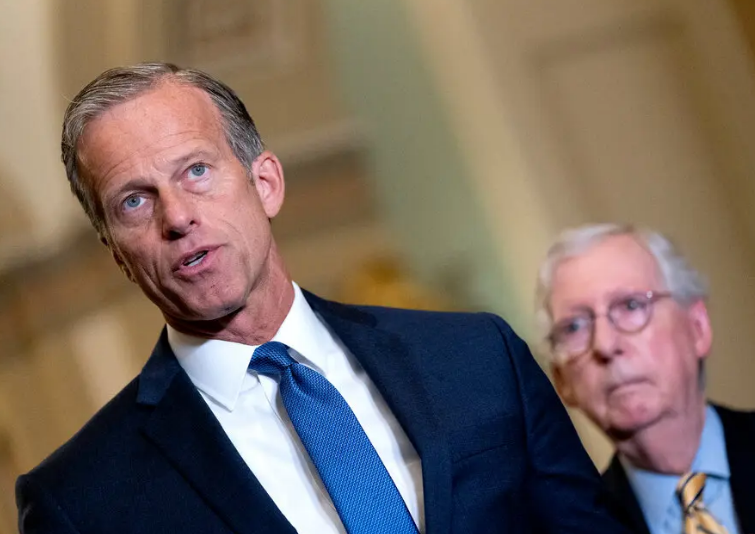Review and Commentary by John Kamp, Executive Director, Coalition for Healthcare Communication
Sept. 17, 2012 – The only absolutely certain news coming out of the Sept. 12 U.S. Senate Special Committee on Aging Roundtable on the Sunshine Act is that final rules are on their way. Within the next few years, all industry payments to physicians and researchers will be available on an Internet registry for the patients, press, policymakers to see and act on. However, the most important question is still unanswered: Will the registry support or hinder medical care and innovation?
The Roundtable participants reached considerable consensus on several of the key issues raised in the Coalition for Healthcare Communication Sunshine Act Comment sent to CMS on Feb. 15. Most importantly, the Coalition stressed the importance of placing Sunshine Act data in context, so that all entities will understand that industry payments are vital and useful to the advancement of innovation and patient care in America.
“Without this context, CHC fears the reports will do more harm than good,” the CHC told CMS. “It would be a tragedy if these reports lead the public to misunderstand the complex interaction between scientific research and communication in both the creation and adoption of medical innovations.”
Although the Centers for Medicare & Medicaid Services (CMS) did not offer a glimpse of the final rules or provide any update regarding implementation dates, the CMS representative at the Roundtable – held to discuss the Sunshine proposed rule – made it clear that timely final rules are a priority and that industry would have additional time to put systems in place before data collection is required.
Niall Brennan, director, Policy and Data Analysis Group, CMS, said that he was “hopeful” that at least “some data collection will begin in 2013,” which sends a clear signal that the collection mandate will extend beyond Jan. 1, 2013.
(A detailed summary of the meeting can be found on the Policy and Medicine blog offered by Thomas Sullivan: http://www.policymed.com/2012/09/physician-payment-sunshine-act-senate-special-committee-on-aging-roundtable-let-the-sunshine-in-implementing-the-physic.html.)
CMS’s flexibility on the deadlines was just one of the many good omens at the Roundtable. Virtually every participant understood the immense challenges facing the government, industry and the medical community to get this rule done right, rather than pushing for a final rule with vague provisions and impossible implementation deadlines.
Many of the stakeholders at the Roundtable agreed that the registry must not be used to discredit all industry relationships. Douglas Peddicord, Ph.D., executive director, Association of Clinical Research Organizations (ACRO), was the most articulate on this point at the Roundtable. Peddicord pointed out that all entities must remember that while payments denote “interest,” interests do not necessarily create conflicts of interest. “We need to remember that those interests need to be protected, because without interest by individual doctors, researchers and academia, there is no progress and innovation in medicine,” Peddicord said.
Peddicord made it clear that his was no theoretical concern, citing an ACRO study where 24 percent of researchers said they were less likely to engage in industry-sponsored research if the CMS proposed rule was put in place. He further warned that the United States could lose as much as half of its clinical research activity if the final rule did not limit the scope of the required disclosures.
Moreover, many Roundtable participants echoed the concern in the CHC comment that without clear rules to avoid errors, inconsistencies, and duplication – and a better error correction process – the registry often could be wrong and misleading. Elizabeth O’Farrell, senior vice president, Policy and Finance, Eli Lilly & Co., offered the best solution. She said clarity and accuracy would be greatly enhanced if CMS adopted a three-phased approach to implementation, giving industry and doctors at least 180 days to report the most frequent, direct and important payments, then phasing in some of the more difficult research and other payments at later dates.
All participants asked CMS to offer a more practical approach to accounting for incidental items, especially food. .Indeed, calculating the cost of meals and other food provided at educational events – and determining whether specific individuals consumed them – was discussed in some detail at the Roundtable, with the majority of the stakeholders agreeing that administrating and monitoring this provision likely would consume more cost and time than is warranted.
O’Farrell said the meal allocation methodology in the proposed rule is unworkable and inappropriate. Indeed, “nobody really cares about bagels,” said Charles Rosen, M.D., clinical professor of Orthopedic Surgery, University of California, Irvine School of Medicine, the most outspoken industry critic on the Roundtable. He encouraged a more reasonable final rule provision for meals and incidentals.
Mark McClellan, director, Engelberg Center for Health Care Reform at the Brookings Institution and moderator of the Roundtable, focused all participants on the hot-button issue of “indirect” payments, a significant area of concern noted in all industry and medical society comments.
For example, the Coalition encouraged CMS in its comments to reverse its broad inclusion of “indirect payments” despite their exclusion in the Sunshine Act. Speaking about CME, Jeremy Lazarus, M.D., president of the American Medical Association, explained to Rosen and others the difference between certified and promotional education and asserted that certified CME was intended to be excluded under the “indirect” exemption in the Sunshine statute.
In sum, the Roundtable discount cialis without prescription participants agreed that the CMS proposed rule is only a first step toward workable and clear implementation of the Sunshine Act.
Many of the additional steps must be taken by us. CMS will do its best to follow the letter and intent of the statute, and may even help to advance the public understanding of the data.
But most of that burden will have to be carried by industry and, in particular, by industry and its communication partners. We still have a long way to go to do our part after the registry is out to ensure that its data and the underlying importance of industry partnerships is fully understood not only by patients,
but by doctor collaborators, policymakers and the press.



